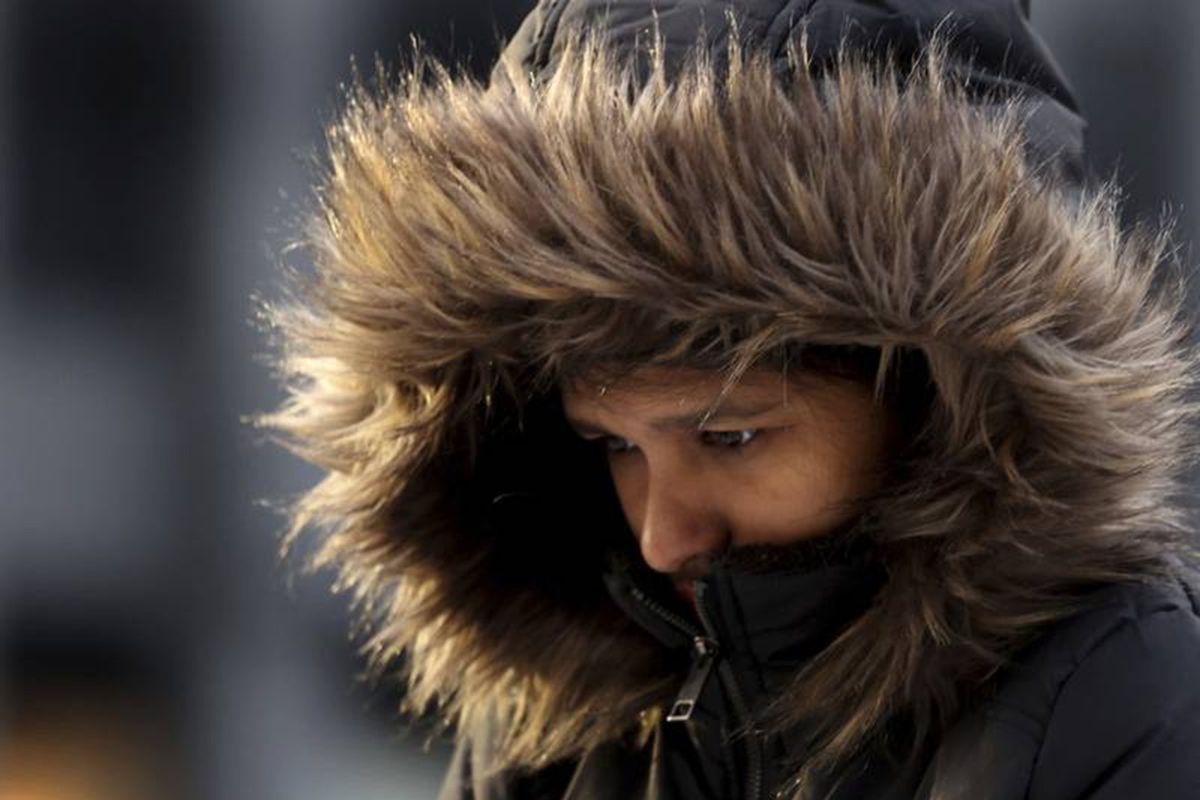Winter ‘bomb cyclone’ bears down on Chicago ahead of holiday travel rush

Chicago is in the cross-hairs of a powerful winter storm that could become a “bomb cyclone” – with deep snow, searing winds and an Arctic chill – threatening to disrupt Christmas travel for millions of people in the U.S.
While the city, a major U.S. air hub, may only get 5 inches of snow, it will be hit with winds that could make temperatures feel like minus 35 Fahrenheit, according to the National Weather Service.
United Airlines Holdings Inc., Delta Air Lines Inc., American Airlines Group Inc. and others have issued travel waivers so passengers can rebook holiday travel with no fees. An estimated 112.7 million people are expected to travel 50 miles or more from Friday to Jan. 2, according to automotive group AAA.
“Over two-thirds of the country has something related to this system,” said David Roth, a senior branch forecaster at the U.S. Weather Prediction Center. “About the only places not impacted are parts of the Great Basin, the Southwest, Hawaii and Puerto Rico.”
Roth said the storm will strengthen as it moves east and will certainly meet the criteria needed to be classified as a bomb cyclone. The classic definition is when a storm’s central pressure, a measure of its strength, drops 24 millibars in 24 hours.
Chasing the storm – which will also hit eastern Canada and trigger storms across the Great Lakes – is a cold front that will send temperatures plunging for the eastern two-thirds of the U.S. That will drive a frigid wedge as far south as Texas and central Florida, boosting energy demand as people turn up their thermostats to beat the chill.
The Texas energy grid is being closely watched because another sharp cold event brought it to its knees in February 2021. This current event isn’t expected to last as long. The low in Dallas is forecast to hit 11, with the wind chill making it feel closer to minus 6 in places.
The snow will likely miss New York and the other big cities in the Northeast, but rain and high winds could buffet the region before temperatures plummet.
Readings in Manhattan’s Central Park will hit a high of 54 Friday before dropping to 15 later, the weather service said. A high-wind watch, with gusts of as much as 65 miles per hour, has been issued for Boston and parts of New England. There is a chance of widespread power outages across much of the U.S.
After the storm sweeps across the U.S., it is forecast to bring snow and rain across eastern Canada. The heaviest snow will likely miss Toronto, but the city could find itself in the midst of a flash freeze when temperatures drop, according to Environment and Climate Change Canada. On both sides of the border, the cold air and relatively warm water in the Great Lakes will lead to heavy snowfall on the eastern shorelines.
Temperatures will start to rebound on Christmas Day, except in the South where the cold could linger for a few days, Roth said.
____
(With assistance from Mary Schlangenstein.)